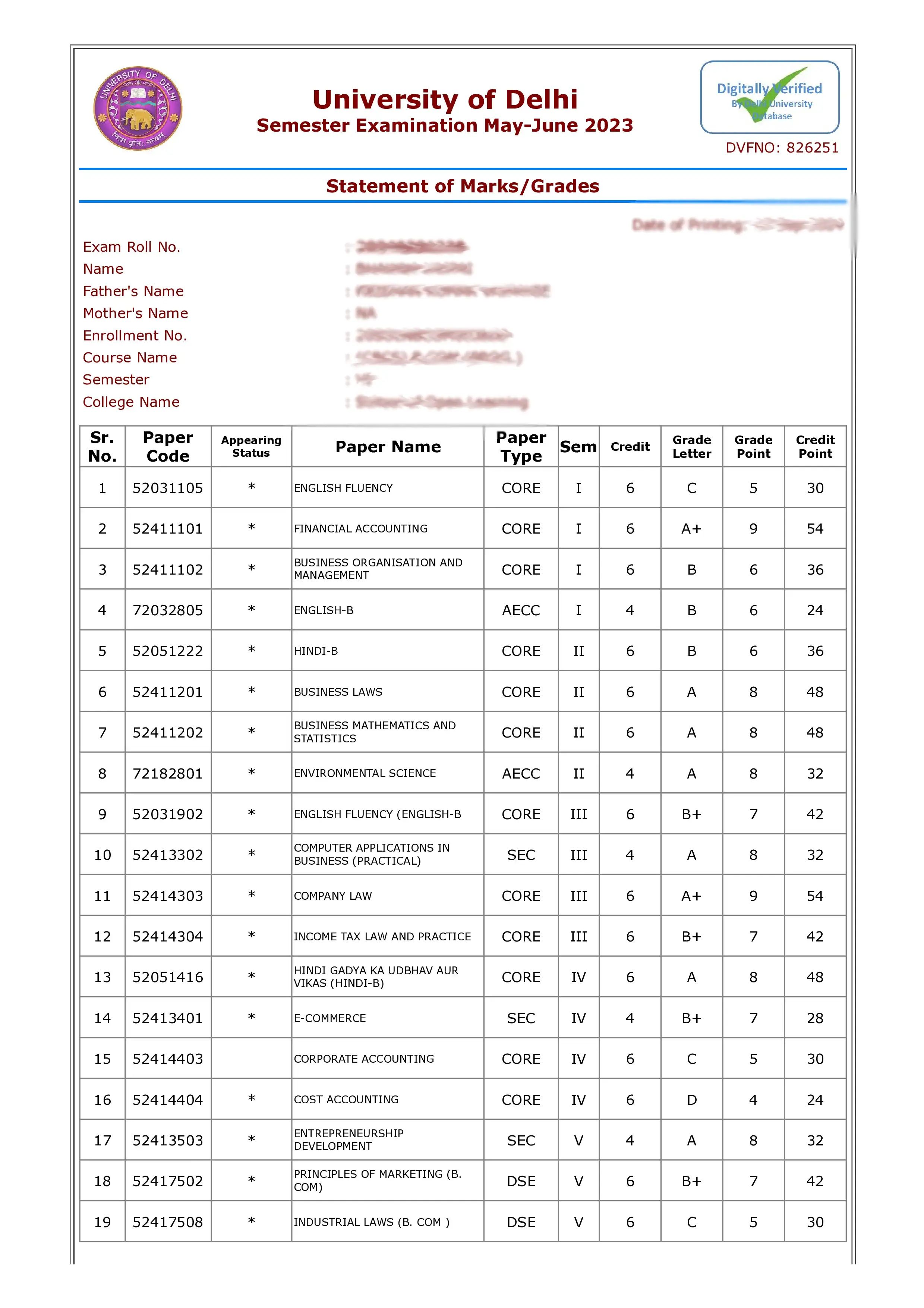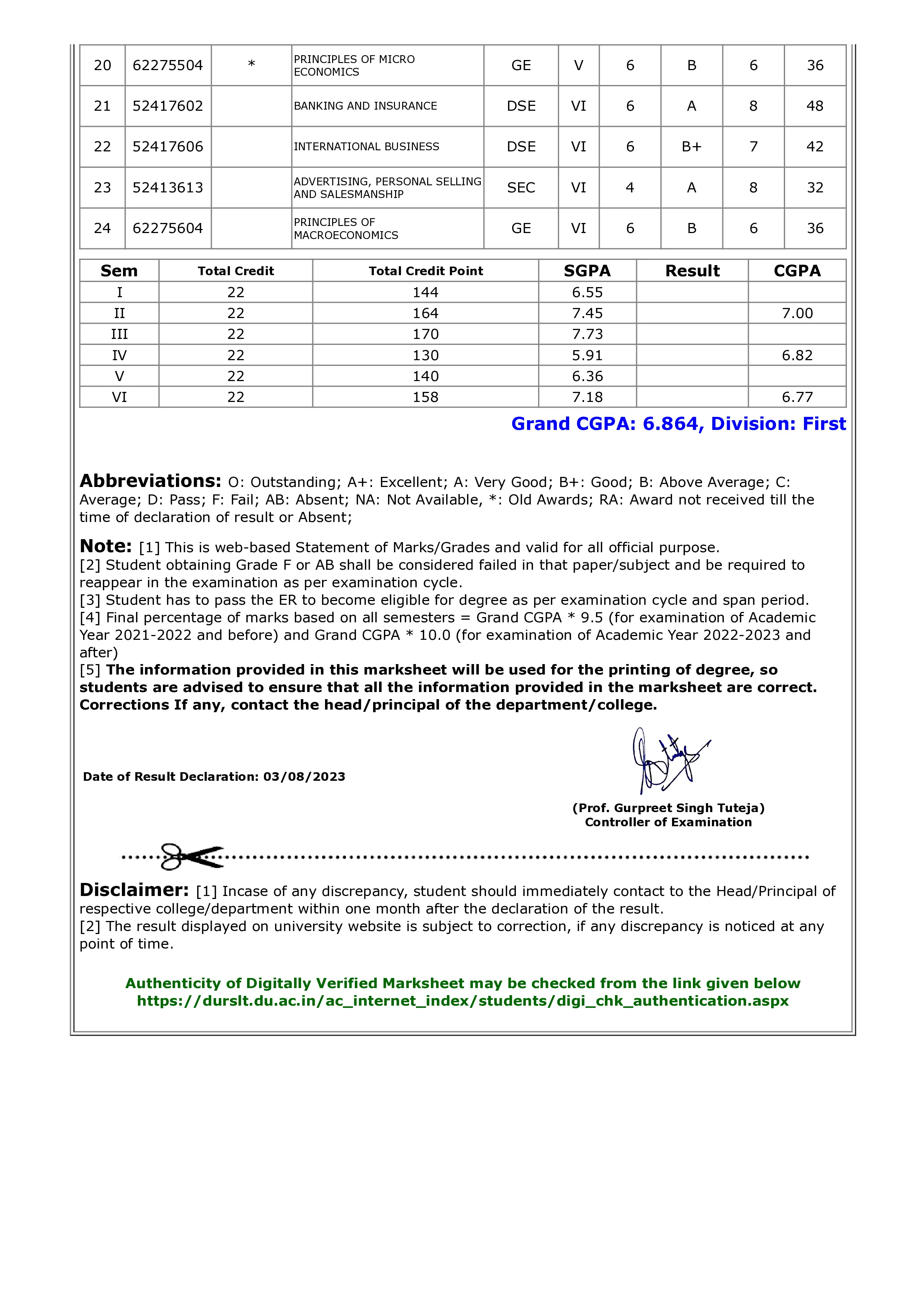



















Academic performance is largely represented by grades which can be depicted in different formats. The students are mostly familiar with the terms SGPA (Semester Grade Point Average) and CGPA (Cumulative Grade Point Average). While SGPA reflects the performance of a specific semester, CGPA provides an overall average of all the semesters. In many cases, students are puzzled by the disconnection between the two and by the conversion of SGPA to CGPA.
In order to avoid mistakes and save time, the usage of a straightforward SGPA to CGPA calculator can simplify the process, making it quicker and more accurate for academic records and career purposes.

SGPA means Semester Grade Point Average. It is an average of grades or marks obtained in a semester. Each subject is assigned credits, and based on the grade you receive in the subject, points are derived. When you sum up all the points of the semester and divide it by the total credits, the SGPA is obtained.
SGPA is significant because it indicates your performance in a particular semester. A high SGPA indicates that the student has done well in the respective term. The semester-wise SGPA is examined by many universities to determine the consistency of the students' studies. Apart from the academic benefits, SGPA also helps one in building up the confidence level as with continuous monitoring of the progress, one can see the growth in the score from one semester to another.
SGPA calculation is a straightforward process. Every subject’s grade point that you obtained should be multiplied by its credit. Next, you need to sum up the products. After that, take this total and divide it by the sum of all credits.
CGPA stands for Cumulative Grade Point Average. It is the average of all your SGPAs across different semesters. While SGPA looks at one semester, CGPA takes into account your entire academic program.
CGPA is often used in final mark sheets and degree certificates. It gives universities and employers a clear picture of your overall academic performance. A strong CGPA can help you during placements, higher studies, or applying abroad. It is often considered more important than a single semester’s SGPA because it reflects your long-term performance.
To calculate CGPA, you add the SGPA of all semesters and divide it by the total number of semesters.
Example:
If your SGPA in 4 semesters are 8.0, 8.5, 7.9, and 9.0, then:
CGPA = (8.0 + 8.5 + 7.9 + 9.0) ÷ 4 = 8.35
| Criteria | SGPA (Semester Grade Point Average) | CGPA (Cumulative Grade Point Average) |
|---|---|---|
| Definition | Average grade points in one semester | Average grade points across all semesters |
| Time Period | Covers only one semester | Covers the entire course duration |
| Scope | Limited to short-term performance | Shows long-term performance |
| Calculation | Total grade points ÷ total credits of that semester | Average of all SGPAs |
| Purpose | To measure performance in a single term | To measure overall performance |
| Usage | Used for semester reports and tracking progress | Used for final degree results and applications |
Converting SGPA to CGPA is simple. Most universities in India follow a rule where CGPA is the average of all SGPAs. For quick results, you can use the SGPA to CGPA calculator. Just enter your SGPA values, and the tool will calculate your CGPA automatically.

| SGPA | CGPA (after 6 semesters) | Percentage (approx.) |
|---|---|---|
| 9.2 | 9.15 | 86.85% |
| 8.5 | 8.47 | 80.27% |
| 7.8 | 7.75 | 73.75% |
| 7.0 | 7.10 | 67.45% |
| 6.0 | 6.05 | 60.15% |




| Tracks Your Academic Performance | The calculator helps you see your overall growth. You can check whether your performance is improving or needs more focus. |
| Simplifies Complex Calculations | No need to remember formulas or do math manually. Just enter your SGPAs, and the calculator does the rest. |
| Time-Saving | Manual calculation can take time, especially if you have many semesters. With the calculator, results come in seconds. |
| Accuracy | Since the calculator uses the correct formula, you don’t have to worry about errors in calculation. |

The University Grants Commission (UGC) has set clear rules for converting CGPA into letter grades. These grades help in understanding a student’s overall performance simply. Based on your CGPA, you can get grades like O (Outstanding), A+ (Excellent), or B+ (Good). Here’s how the CGPA-to-grade conversion works according to UGC:
| Grade | Marks Range (%) | Grade Point | Description |
|---|---|---|---|
| O | 90 – 100 | 10 | Outstanding |
| A+ | 80 – 89 | 9 | Excellent |
| A | 70 – 79 | 8 | Very Good |
| B+ | 60 – 69 | 7 | Good |
| B | 50 – 59 | 6 | Above Average |
| C | 40 – 49 | 5 | Average |
| P | 35 – 39 | 4 | Pass |
| F | Below 35 | 0 | Fail |
| Ab | Absent | 0 | Absent |


The SGPA to CGPA Calculator simplifies the conversion process, making it faster and trustworthy. Students save time and are eliminated from errors with it. Apply other such tools, such as CGPA to Percentage Calculators, and your academic life becomes even simpler.
These tools are free and user-friendly, created to help students like you save their precious time and spare themselves some stress!

Yes, you can. CGPA is the average of all semesters. If you perform better in later semesters, your overall CGPA will improve, even if earlier SGPAs were lower.
No, it makes your chances stronger, but jobs are also based on skills, interviews, and experiences. Nevertheless, it makes a favorable first impression with employees.
If you have only one SGPA, then CGPA is almost the same as that SGPA. For example, 8 SGPA ≈ 8 CGPA and 8.5 SGPA ≈ 8.5 CGPA.
To convert CGPA (out of 10) into a 4-point scale, divide your CGPA by 10 and multiply by 4. Example: 8.2 ÷ 10 × 4 = 3.28.
Yes. Generally, 7.5 CGPA and above is first class in most of the universities. 8 CGPA signifies excellent performance.
Nearly all universities employ: Percentage = CGPA × 9.5. If your CGPA is 8.0, for instance, then percentage = 8.0 × 9.5 = 76%.
Best-in-class content by leading faculty and industry leaders in the form of videos, cases and projects, assignments and live sessions